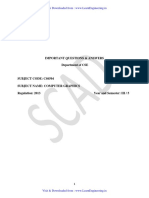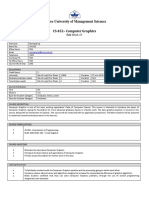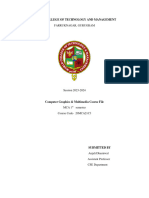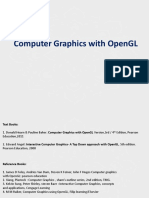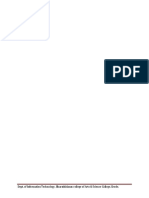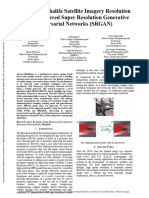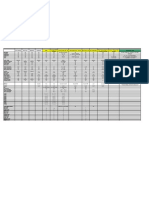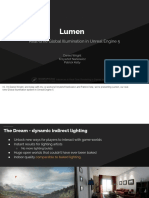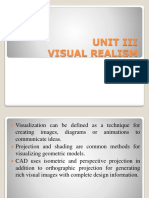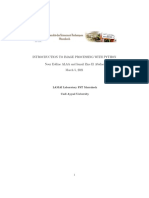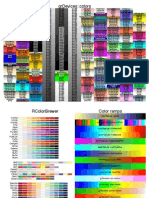0% found this document useful (0 votes)
36 views2 pagesComputer Graphics and Multimedia
The document outlines the B.Sc. Computer Science course on Computer Graphics and Multimedia at SAGE University, Indore, detailing its objectives, course content, and outcomes. Key topics include line and circle drawing algorithms, 2D and 3D transformations, multimedia components, and relevant technologies. The course aims to equip students with practical skills in graphics programming and multimedia applications.
Uploaded by
plexserver205Copyright
© © All Rights Reserved
We take content rights seriously. If you suspect this is your content, claim it here.
Available Formats
Download as DOCX, PDF, TXT or read online on Scribd
0% found this document useful (0 votes)
36 views2 pagesComputer Graphics and Multimedia
The document outlines the B.Sc. Computer Science course on Computer Graphics and Multimedia at SAGE University, Indore, detailing its objectives, course content, and outcomes. Key topics include line and circle drawing algorithms, 2D and 3D transformations, multimedia components, and relevant technologies. The course aims to equip students with practical skills in graphics programming and multimedia applications.
Uploaded by
plexserver205Copyright
© © All Rights Reserved
We take content rights seriously. If you suspect this is your content, claim it here.
Available Formats
Download as DOCX, PDF, TXT or read online on Scribd
/ 2












